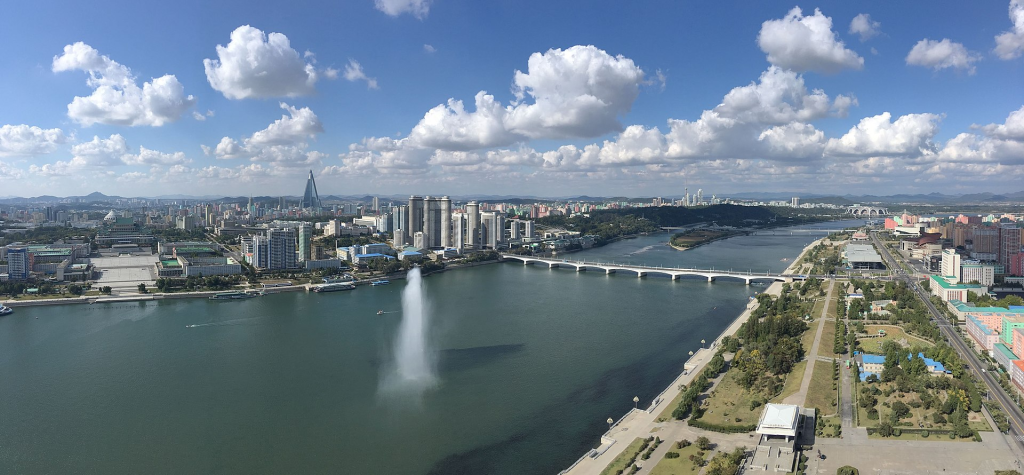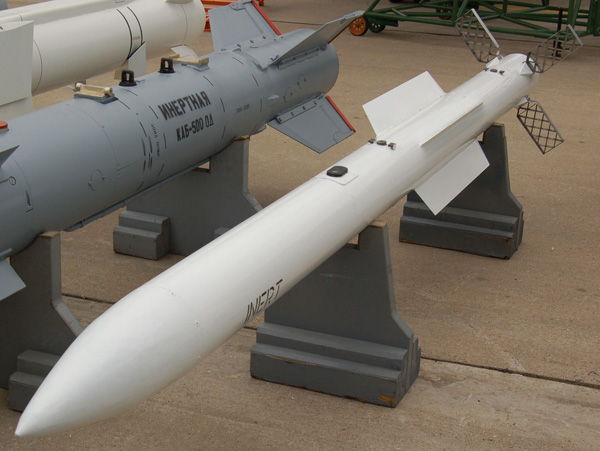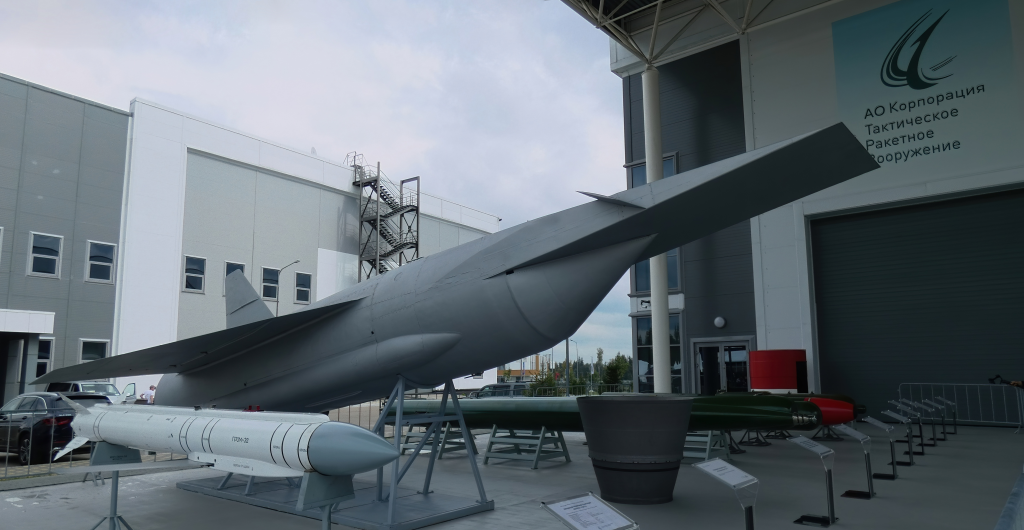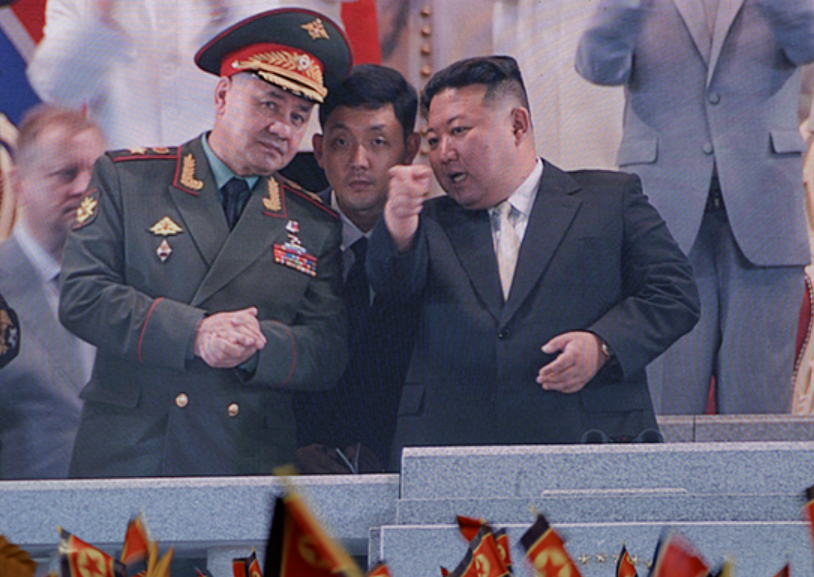
The sudden announcement from Pyongyang that the latest missile launches had involved a new hypersonic system sent ripples through defense circles. With less than a week remaining before the APEC summit in South Korea, these tests were more than a technical demonstration but a geopolitical signal. To seasoned observers, the timing and declared capabilities underlined North Korea’s intent to reshape the strategic balance on the Korean Peninsula.

Hypersonic weapons capable of more than Mach 5 and controllable by complex maneuvering are game-changers for strike and deterrence for militaries around the world. North Korea’s claim that these projectiles could be nuclear-armed raises the stakes, particularly given skepticism about its technical maturity. The following listicle assesses seven critical dimensions of the launches by drawing on global hypersonic development to bring into perspective implications for regional security and beyond.

1. A Strategic Signal Before a High-Profile Summit
The launches came on the eve of meetings of the APEC grouping in South Korea, to which world leaders including US President Donald Trump and Chinese President Xi Jinping were scheduled to attend. Analysts said North Korea often conducts weapons tests before big diplomatic events as a way of underscoring its status as a nuclear power. Firing off multiple missiles from south of Pyongyang northeastward over about 350 km, Pyongyang made sure its message would not pass unnoticed in Seoul, Washington, and Beijing. The action also came during the early months of South Korean President Lee Jae Myung’s time in office, testing his security policy.

2. Hypersonic Claims and Technical Reality
North Korean state media described the projectiles as constituting a new strategic hypersonic system, implying nuclear capability. Hypersonic weapons, in both boost-glide and cruise missile variants, would defeat missile defenses through speed and maneuverability. As the South Korean Joint Chiefs of Staff have pointed out previously, Pyongyang’s hypersonic programs are in very early development. Previous tests fell short of their claimed range, indicating the technology is advancing but operational readiness may be overstated.

3. The Nuclear Dimension
The “strategic” designation that the North Korean regime had affixed on the system hinted at its nuclear armament. It also falls into a general drive by Kim Jong Un for systems that can reach the U.S. mainland, as evidenced by the unveiling of the Hwasong-20 ICBM earlier this month. Such systems are designed to carry multiple warheads to defeat layered missile defenses. Mated with hypersonic glide vehicles, the challenge would increase manifold by compressing timelines for defenders to respond and complicating deterrence calculus.

4. Regional Defense Concerns
Hypersonic weapons present a number of unique challenges in the areas of detection and interception. Terrestrial radar often cannot pick up hypersonic weapons until the terminal phase of flight, and existing space-based sensors struggle to detect the dim signatures put out by hypersonic targets. The U.S. Missile Defense Agency’s Glide Phase Interceptor program-which is co-developed with Japan-should help fill these gaps, but initial operational capability is not expected before the early 2030s. Yet until then, regional defenses in South Korea and Japan will have to face a threat designed to exploit these weaknesses.

5. Global Hypersonic Context
The hypersonic ambitions of North Korea echo those in Russia and China, whose Avangard and Tsirkon systems and DF-17 and DF-ZF, respectively, have already reached operational or near-operational status with demonstrated range and maneuvering capability. The United States is moving ahead with systems such as the Air-Launched Rapid Response Weapon and Hypersonic Attack Cruise Missile, but timelines for deployment remain tight. Proliferation of such weapons reflects a global race in which the perception of capability can be as strategically potent as actual performance.

6. Psychological and Political Leverage
Although the North Korean hypersonic system is still in its infancy, there is a psychological function for the announcement. Pyongyang tries to insert uncertainty into the defense planning of its adversaries through the projection of cutting-edge capability, strengthening its negotiating hand for future talks. Similar to China and Russia, the use of hypersonic demonstrations has become a technique to influence strategic narratives and deter perceived threats.

7. Implications for Allied Strategy
For the United States and its allies, North Korea’s declarations underscore the need for integrated deterrence. Accelerating the fielding of existing hypersonic systems, improving sensor networks, and expanding cooperative frameworks like the Strategic Capabilities International Framework with Australia are useful first steps. As Dr. Mark Lewis has argued, speed changes the strategic equation-hypersonic weapons in allied hands can complicate adversary planning just as much as North Korea’s announcements aim to do.

Whether genuinely groundbreaking or strategically staged, North Korea’s latest missile tests put a spotlight on the evolving complexity of deterrence in the Indo-Pacific. Real or imagined, hypersonic systems compress decision timelines and strain defense architectures, all while amplifying geopolitical signaling. For the defense planners, the challenge is to separate capability from perception while ensuring that allied responses keep pace with both.


